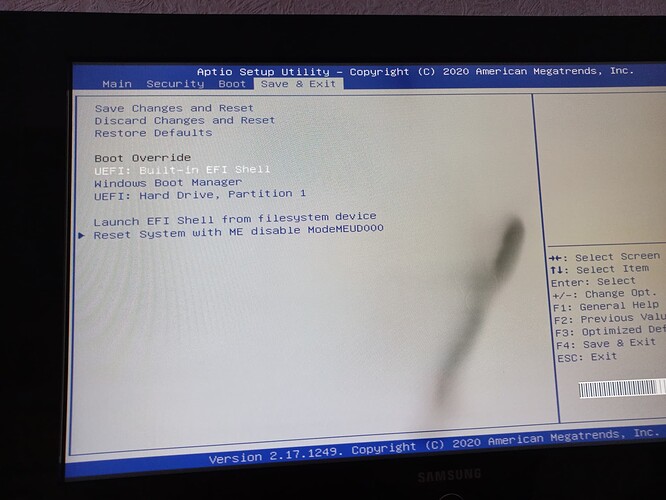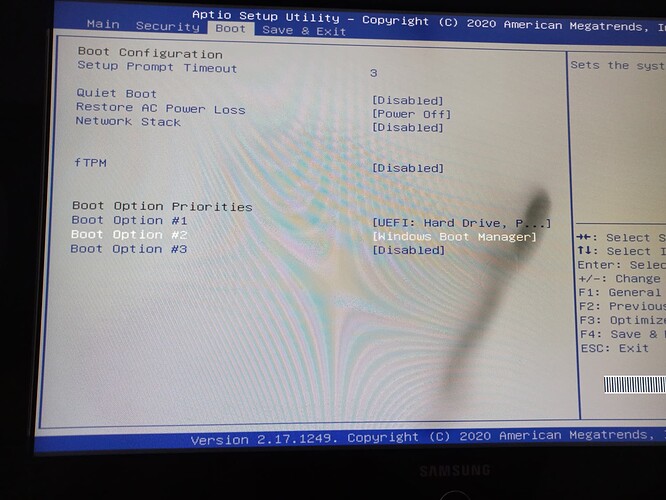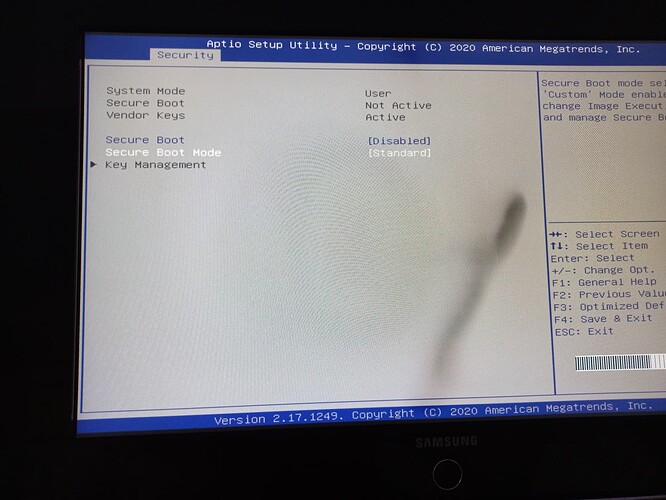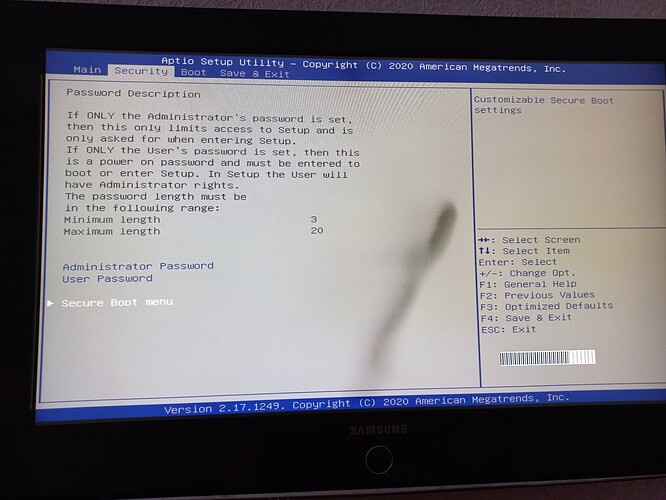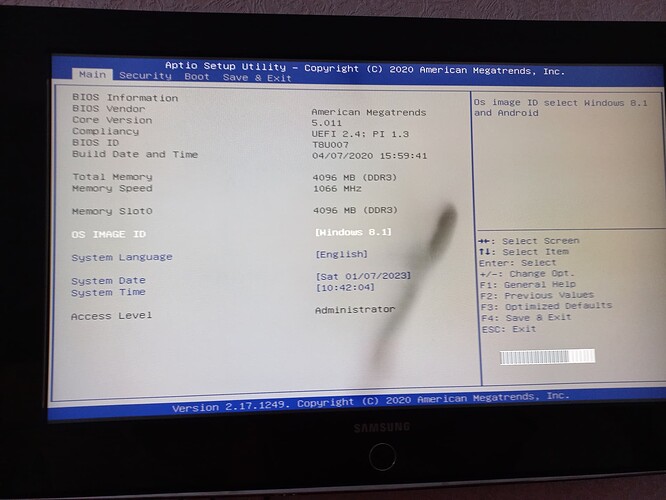Shouldn’t M1 be capable of 48k x256 also? My Lenovo ThinkCentre server with i5-11400T cpu can do this with these settings and based on benchmarks, M1 should clearly be the faster cpu. I wonder if it comes down to memory? I have 16gb DDR4 on my server. It’s also a headless server running Roon core and HQP (and Plex server) on Windows 11, which I’ve optimised as good as I can to run as headless server.
I find problem with ethernet connect , and now main pc can see NAA .
Loading time 2-3 minutes .I think i have to change some parametres in bios , and will try do this…If I choose to load windows , loading time is 30 sec to 1 min , in bios i see windows 8.1 , but after loading i see windows 10 pro…?
If you try the non-ramfs version how many seconds/minutes?
Should be much faster:
I tried , 430 × 64 , and i have 2 min 15 sec loading ,lines of bios e820 take the longest… at the beginning of loading. And that especially the rams version was recorded on the sd card, but the normal one was not, I could only record the normal one on a usb flash
You can disable Windows Boot Manager?
It shouldn’t make a difference but you only need to boot from USB UEFI - everything else “disabled”
Does it improve or same ?
Yes, last time i choose disabled widows manager , but , still the same problem …2 min 20 sec loading…and some fotos bios
Yes, it is. My HQPlayer Mini M1 is at a different location so I can’t check it from here (need to set up that VPN finally) but its SDM configuration (with Desktop) is the same as the configuration I have here (with Embedded) on a Linux PC: auto rate, 1x=poly-sinc-gauss-xla, Nx=poly-sinc-gauss-hires-ip, ASDM7ECvs, bit rate=auto, rate limit=12288000. As far as I can see, this ensures integer rate upsampling to DSD256 for both 44.1-base and 48-base sources.
I can’t see what the problem could be.
But I know some expensive NAA’s like microRendu/ultraRendu can take over 60 seconds to boot.
2 minutes is a little bit long but it’s not that bad.
But still, I hope you can reduce to under 60 seconds.
I still see “OS Image ID = Windows 8.1” in your last photo - can this be changed ?
Speed of the USB stick or SD-card will make some difference especially for ramfs.
And with ramfs it will only matter for the boot-up time. Once it is booted up you can even remove the boot media. It just takes some time to load ~500 MB of compressed data from the media, decompress it and then boot up the thing.
With regular image, it needs to load much less data and no decompression. But the filesystem is “live” although not used much (mostly for OS logs).
No , i cant change , its foto 1 page bios , but on 3 page- boot page , i left only booting from a flash drive , windows manager is disabled .
On monday I will take my computer with me to work , We have an experienced programmer there and we will try to demolish Windows, maybe it will help.
And if we don’t change anything, then it’s not so bad that the download takes 2 minutes.
Anyone have thoughts on why it would sound much better using HQPlayer via USB out on the Mac Mini vs using the NAA? The NAA makes the music sound flat and boring. It’s not a subtle difference. I have gone into the BIOS and disabled the BT and WiFi in the NAA. The only other thing I can think of would be the power supply. I’ve ordered a Meanwell just to give it a try. Maybe Apple just has a good USB implementation? Thanks.
If you suspect still some noise leakage, Intona USB isolators work very well.
Thank you for the suggestion. Would noise leakage take dynamics and decay out of the music so it sounds slow? It sounds like Thelonious Monk was just learning piano on his album with John Coltrane.
Do you have an Intel laptop around?
As a test before buying an Intona, run NAA OS image on a laptop.
It boots from USB and won’t affect your Windows installation.
Run the laptop off battery - disconnect the power charging cable otherwise this test is useless
If you prefer the SQ of this NAA vs your Mac Mini you will probably like the effect of Intona. Otherwise, you won’t
First compare your backend settings that you have same settings in both cases - direct connection with Mac Mini and through NAA. So specifically that the output format shown by HQPlayer is same for both cases.
What kind of DAC do you have? Check that you don’t have “48k DSD” selected unless you are absolutely sure it will work with your DAC. Because many DACs will use wrong clock (44.1k base one) when playing 48k base DSD. This would indeed make the sound slow and shift down the pitch.
When output format is same, then the difference is the USB source. Intona will clean up the USB from any conducted noise. Mac Mini M1 has pretty decent USB interface.
